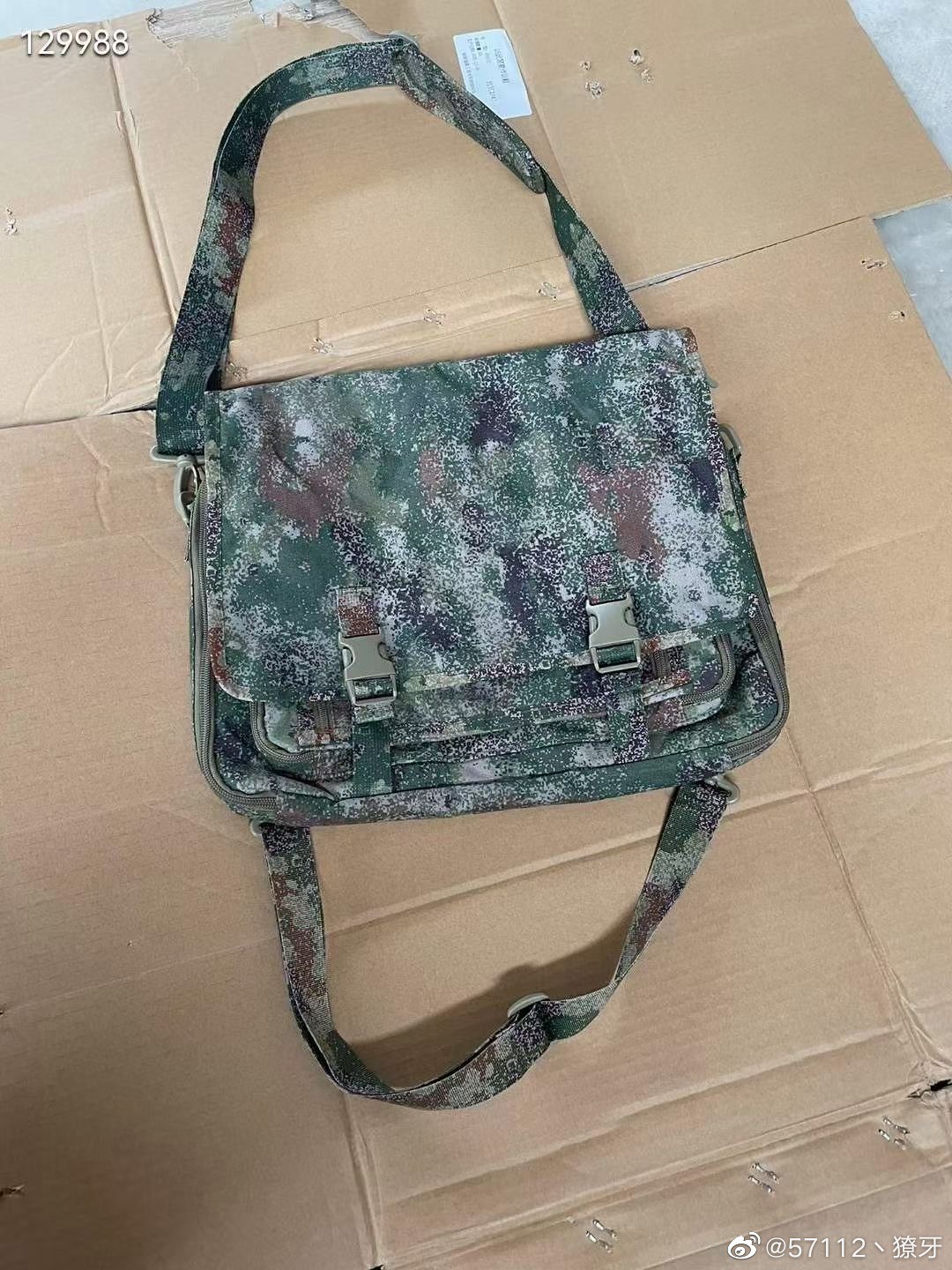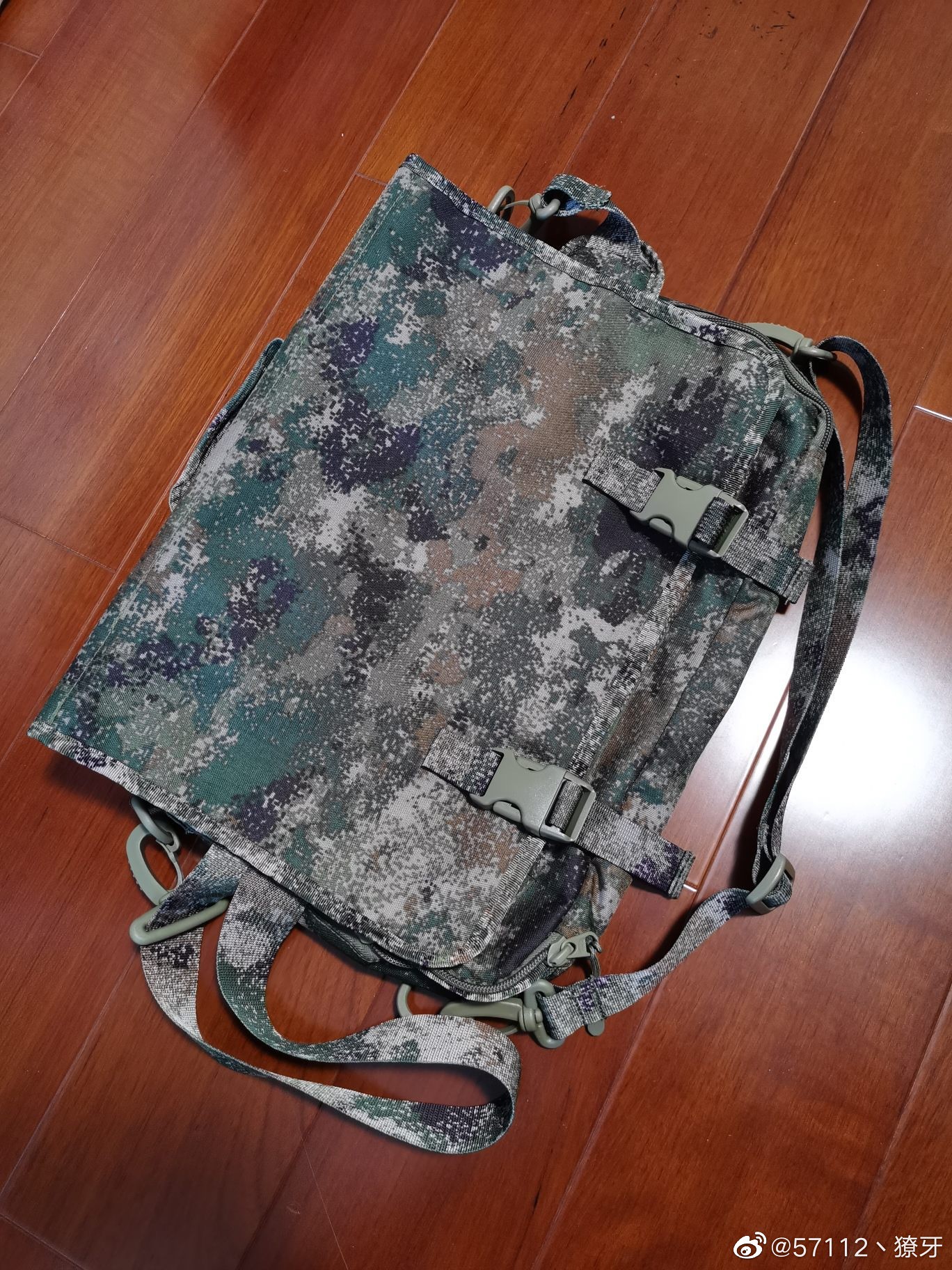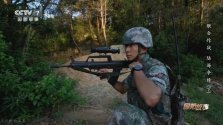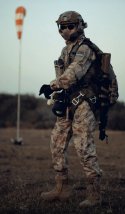You are using an out of date browser. It may not display this or other websites correctly.
You should upgrade or use an alternative browser.
You should upgrade or use an alternative browser.
Infantry Combat Equipment (non-firearm): Vests, Body Armor, NVGs, etc.
- Thread starter by78
- Start date
I think thermal scopes will be the standard issue sights in the future in most major militaries. They vastly outperform image amplifiers, eliminate the need for seperate daytime and night optics (it is a pain even with clip-ons) and they offer advantages even during daytime since they amplify living objects.
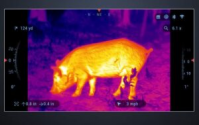
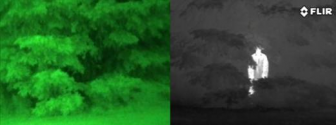
They can't see through glass though, which may be problematic for urban combat compared to run of the mill night vision.I think thermal scopes will be the standard issue sights in the future in most major militaries. They vastly outperform image amplifiers, eliminate the need for seperate daytime and night optics (it is a pain even with clip-ons) and they offer advantages even during daytime since they amplify living objects.
View attachment 108949
View attachment 108950
plawolf
Lieutenant General
They can't see through glass though, which may be problematic for urban combat compared to run of the mill night vision.
It’s effectively a self correcting problem overblown by civilian reviewers since most urban combat zones won’t retain their glass for long enough to matter when troops actually go in.
The real issue with thermal is that it’s nowhere near as good as IITs or digital night vision is for navigating around in low light conditions. Uneven ground won’t look uneven under thermal since it’s all the same temperature.
Some kind of I2 night vision would be issued anyway. Thermal erases texture because it works on emitted radiation rather than reflected radiation and IR has a longer wavelength. So digital night vision goggles for navigation would still be issued. Most well-off hunters use I2 for navigation and thermal for spotting and aiming at night. Engagement distances in nighttime urban combat are below 100 meters so digital night vision would be more than enough to check windows occasionallyThey can't see through glass though, which may be problematic for urban combat compared to run of the mill night vision.
IMO Western militaries issuing gen 3 NV binoculars to regular infantry is just another case of high-tech splurge that characterizes post-1991 Western military procurement. I can't see how increasing nightvision range from 200 m to 300 m is worth that much money for regular infantry. I think China went the correct way by issuing digital monoculars.
I disagree. Analogue nightvision has:IMO Western militaries issuing gen 3 NV binoculars to regular infantry is just another case of high-tech splurge that characterizes post-1991 Western military procurement. I can't see how increasing nightvision range from 200 m to 300 m is worth that much money for regular infantry. I think China went the correct way by issuing digital monoculars.
- No latency - this is vital for infantry combat.
- Better performance in very dark areas such as forests and indoors.
- Massive resolution needed for sniper rifles.
- Battery life ~20-50 hours - way more than thermal scopes or digital nightvision.
I disagree with this. Digital night vision and thermals don't have noticeably more latency and thermals outperform even gen 3 tubes by a massive margin. At sniper ranges, I2 would be quite useless. Battery life is not very important. Batteries are nowadays just another logistical item that need to be delivered consistently. You can also issue a few extra batteries to the platoon medicI disagree. Analogue nightvision has:
- No latency - this is vital for infantry combat.
- Better performance in very dark areas such as forests and indoors.
- Massive resolution needed for sniper rifles.
- Battery life ~20-50 hours - way more than thermal scopes or digital nightvision.
Nice stock on the QBZ 192.An advertisement from a parachuting equipment company
View attachment 109022
View attachment 109023
View attachment 109024
View attachment 109026
View attachment 109028
by78
General
Note the shoulder bags worn by the two soldiers in the foreground.
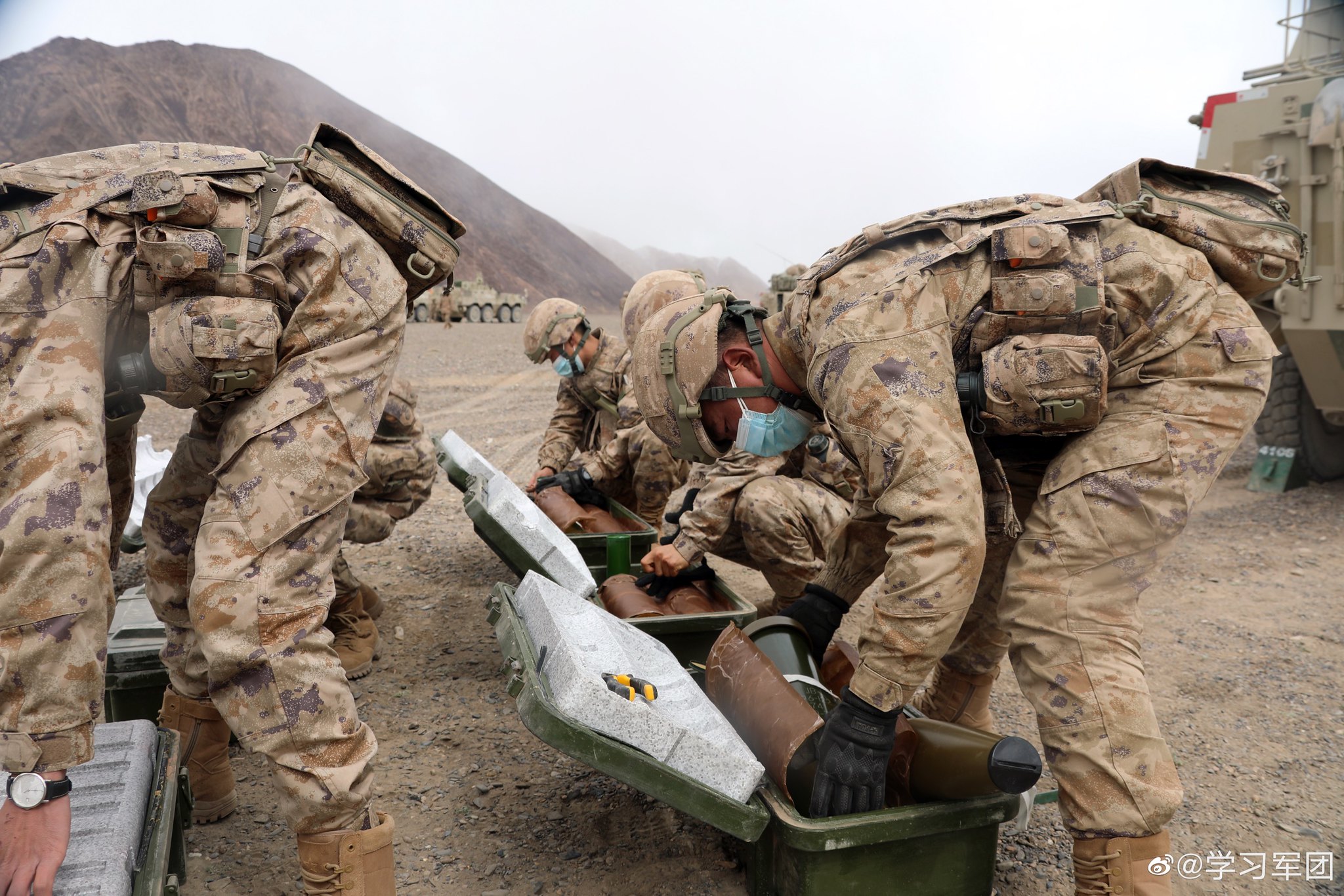
More detailed images of the shoulder bag.
